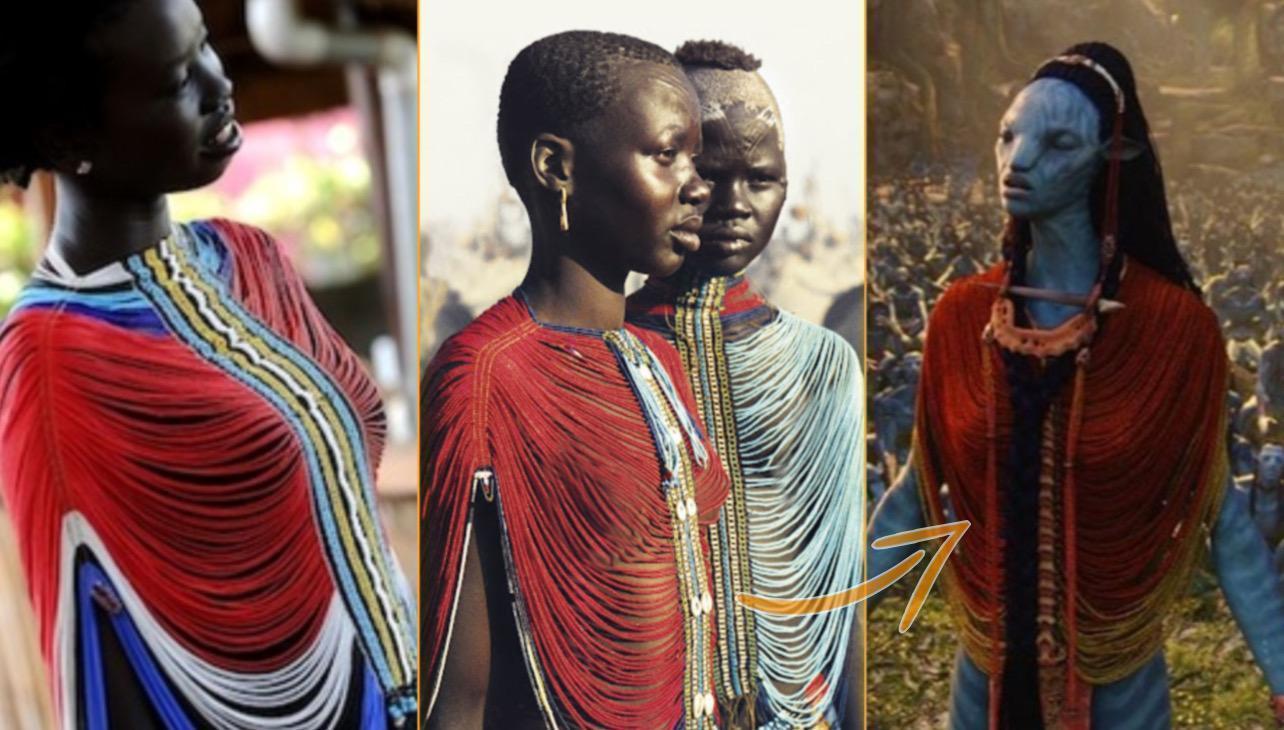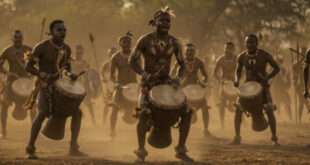“The Nilotic people of Eastern South Sudan, Western Ethiopia, and Northern Kenya inspired Avatar. The Nilotic people are the world’s tallest and darkest people.”
Avatar (also known as James Cameron’s Avatar) is a 2009 American film directed by James Cameron. In the mid-twentieth century, mankind colonize Pandora, a lush livable moon of a gas giant in the Alpha Centauri star system, to extract the valuable mineral unobtanium.
Africa is full of diverse and fascinating cultures authentically not found anywhere in the world and they inspire many people. Just as “only female army” of Dahomey Kingdom in West Africa inspired female warriors in Black Panther, Avata is also believed to have been inspired by beautiful cultures of Nilotic people in Africa. It is clearly seen in Nilotic cultural beads in wore Avata.
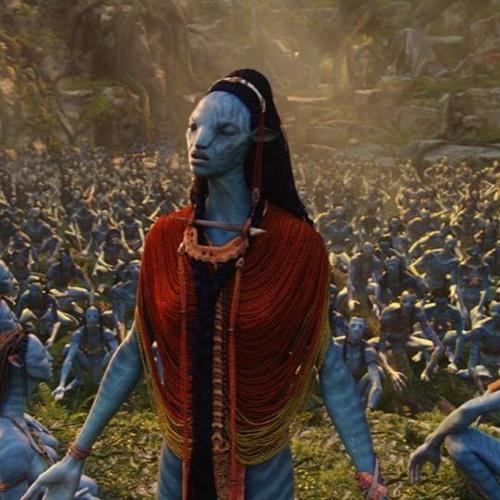
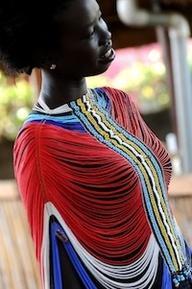
Nilotic peoples are people who speak Nilotic languages and are indigenous to the Nile Valley. Nilotic languages are a large subgroup of Nilo-Saharan languages spoken in South Sudan, Uganda, Kenya, and northern Tanzania.
Cattle pastoralism, fishing, and seed cultivation were all part of the Nilotic economy. Some of the earliest archaeological findings on record, that represent a similar culture to this from the same region, are located at Kadero, 48 kilometres north of Khartoum in Sudan, and date to 3000 BC.
The Nilotic peoples, in a broader sense, are all descendants of the original Nilo-Saharan speakers. The Luo, Sara, Maasai, Kalenjin, Dinka, Nuer, Shilluk, Ateker, and Maa-speaking peoples are among them, each of which is a collection of ethnic groups.
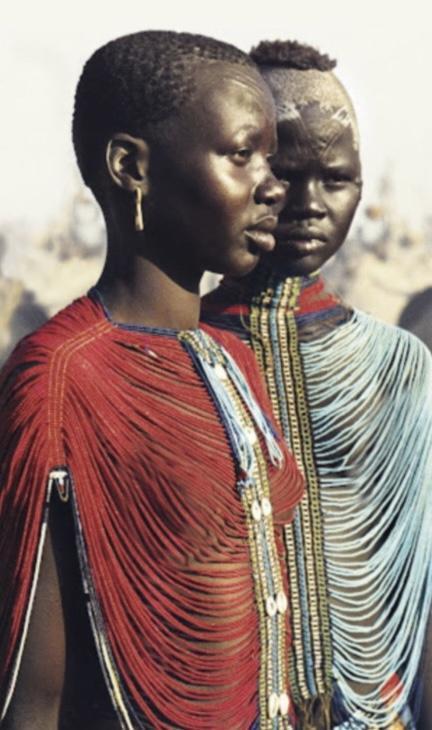
The Nilotes make up the majority of the people in South Sudan, which is thought to be their original dispersion location. They are the second-largest group of people inhabiting the African Great Lakes region around the Eastern Great Rift, behind the Bantu peoples. They also make up a significant portion of the population in southwestern Ethiopia.
The Nilote people are mostly Christian, but they also practice traditional faiths such as the Dinka religion.
Pastoralism is still practiced by the majority of Nilotes, who migrate with their animals on a seasonal basis. Cattle raiding is also a tradition among several tribes.
The Nilotes in East Africa have absorbed numerous customs and practices from Southern Cushitic communities as a result of their long interactions with neighboring peoples. The latter includes the social organization system based on age, circumcision, and linguistic phrases.
Nilotes largely follow traditional faiths and Christianity in terms of religion. A pantheon of deities exists in the Dinka faith. Nhialic is the Supreme, Creator God, the God of the Sky and Rain, and the Ruler of All Spirits.
He is said to be present in all of creation and to have control over the fates of all humans, plants, and animals on the planet. Other Nilotic populations, such as the Nuer and Shilluk, refer to Nhialic as Jaak, Juong, or Dyokin. Nhialic has empowered Dengdit or Deng, the sky God of rain and fertility.
Deng’s mother is Abuk, the snake-headed patron Goddess of gardens and all women. Some Dinka believe or assume that Garang, another deity, is a god suppressed by Deng, and that his spirits can make most Dinka women and some men scream. A group of ancestral spirits is referred to as “Jok.”
Ajok is the name of the chief God in Lotuko mythology. He is often seen as benevolent and compassionate, but he can be enraged. He is said to have once answered a woman’s plea for her son’s resurrection. Her husband, on the other hand, was enraged and murdered the child. Ajok was enraged by the man’s conduct, according to the Lotuko religion, and vowed never to raise another Lotuko. As a result, death was thought to be irreversible.
In conclusion, Africa is full of diverse fascinating cultures which deserve to be acted in movies. Black Panther female warriors were inspired by Female army of Dahomey Kingdom of West Africa.
 The African History Truly African
The African History Truly African
